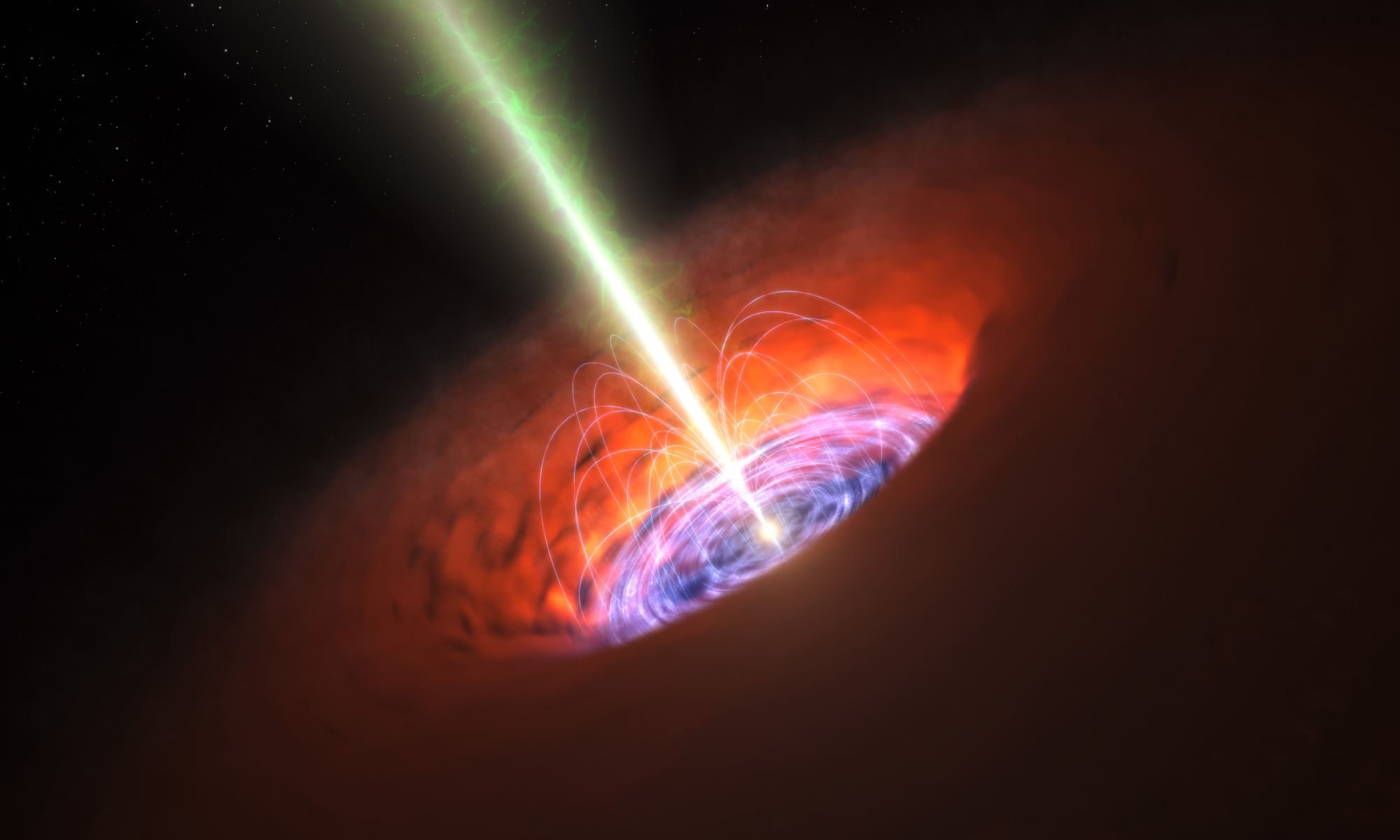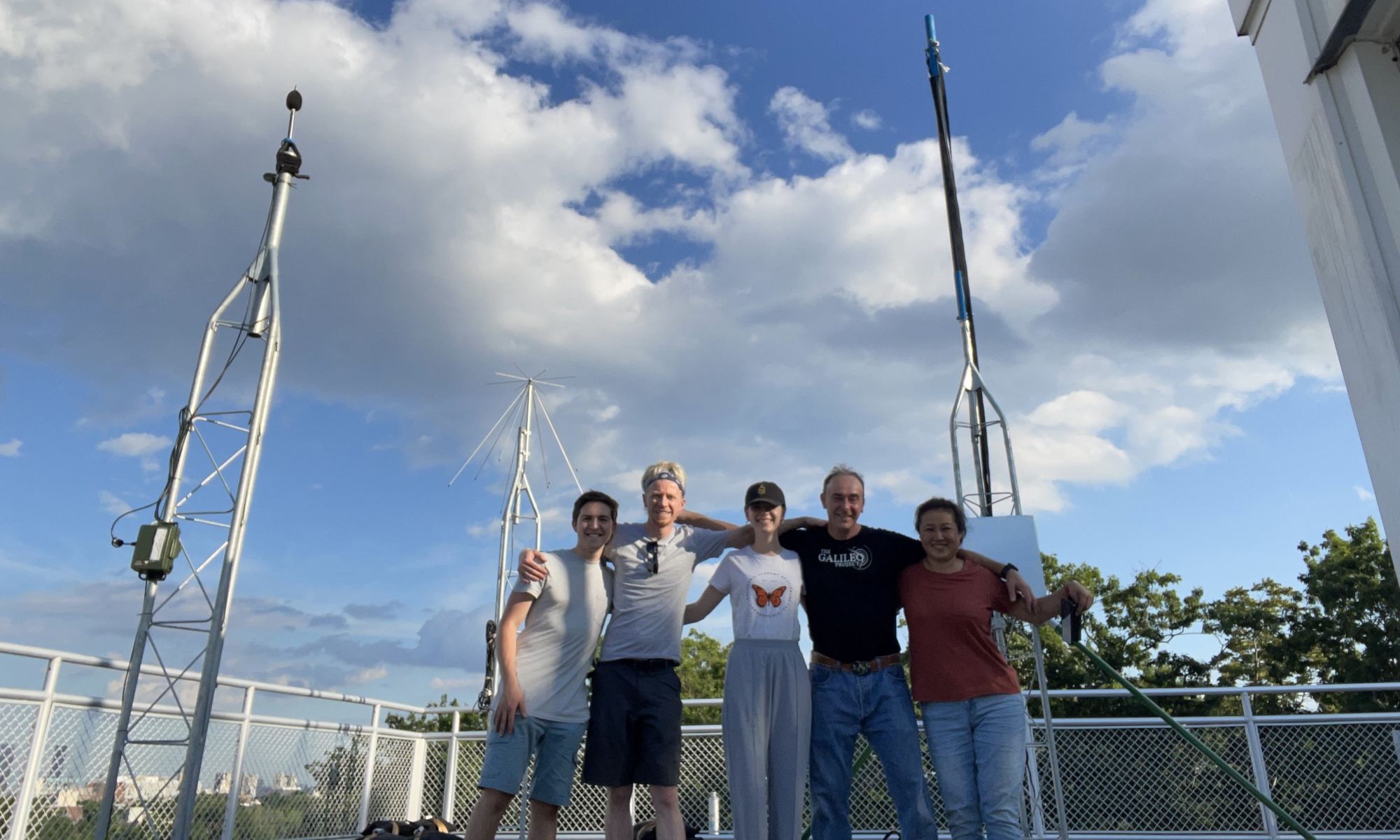It has been over sixty years since Dr. Frank Drake (father of the Drake Equation) and his colleagues mounted the first Search for Extraterrestrial Intelligence (SETI) survey. This was known as Project Ozma, which relied on the “Big Ear” radio telescope at the National Radio Astronomy Observatory (NRAO) in Greenbank, West Virginia, to look for signs of radio transmissions in Tau Ceti and Epsilon Eridani. Despite the many surveys conducted since then, no definitive evidence of technological activity (i.e., “technosignatures”) has been found.
This naturally raises the all-important question: are we going about the business of SETI wrong? Instead of looking for technosignatures within our galaxy, as all previous SETI surveys have done, should we look for activity beyond our galaxy (from possible Type II and Type III civilizations)? This premise was explored in a recent paper led by researchers from the National Chung Hsing University in Taiwan. Using data from the largest SETI project to date, Breakthrough Listen, the team looked for potential radio technosignatures from extragalactic sources.
Continue reading “How Many Intergalactic Radio Stations Are Out There?”





